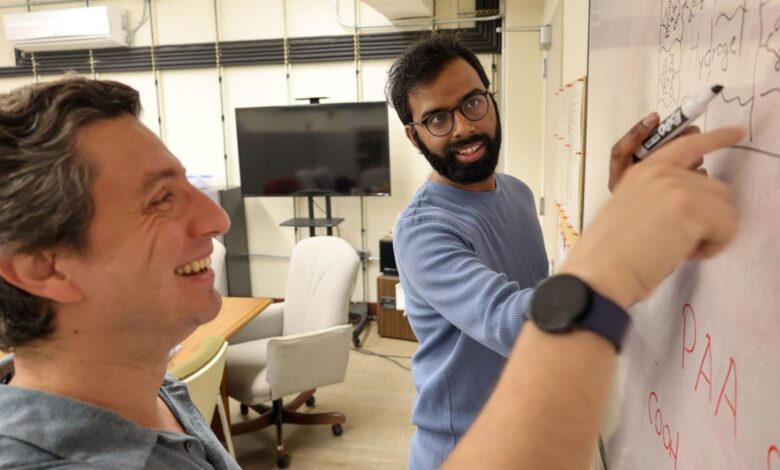Hydrogel innovation to enable faster, more flexible soft robots

Researchers at Virginia Tech have discovered a microscopic phenomenon that has the potential to significantly enhance the functionality of soft devices, such as flexible, nimble robots or tiny capsules used to deliver drugs.
The new physical mechanism, called “gel diffusiophoresis,” could accelerate the expansion and contraction of hydrogels.
According to the Virginia Tech team, the discovery opens the possibility of hydrogels replacing rubber-based materials to create flexible robots. This would allow these engineered materials to move with a speed and dexterity comparable to human hands.
The details of the team’s study, led by doctoral candidate Chinmay Katke, assistant professor C. Nadir Kaplan, and Peter A. Korevaar from Radboud University in the Netherlands, were published in the journal Physical Review Letters.
Rapid hydrogel swelling unveiled
Soft robots are already used in manufacturing settings, where hand-like devices grab smaller items from conveyor belts and place them into containers.
Currently, these robots rely on hydraulics or pneumatics to change the shape of the “hand” to pick up items.
An article by Lon Wagner from Virginia Tech explains how the team explored hydrogels as a potential alternative. Hydrogels are mostly made of water and are found in products like food jelly and shaving gel.
Living organisms utilize osmosis for various purposes, such as seed dispersal in plants or water absorption in the intestine. Osmosis typically involves water flowing through a semi-permeable membrane that restricts larger molecules like polymers.
However, Korevaar and Kaplan’s experiments with hydrogel films made of polyacrylic acid showed that these films, permeable to both water and ions, can rapidly swell and shrink due to osmosis when ions are released within them.
Katke, Korevaar, and Kaplan developed a new theory to explain this observation. They discovered that interactions between ions and polyacrylic acid cause the hydrogel to swell when ions are unevenly distributed internally, called “diffusiophoretic swelling.” This mechanism enables hydrogels to swell much faster than previously possible.
Researchers have effectively discovered a method for hydrogels to swell and contract much faster, enhancing their flexibility and ability to function in various settings.
Enhancing soft robot agility
Rubber is used to create soft, agile robots; however, while rubber does its job, its shapes can be altered pneumatically or hydraulically. This poses challenges due to the complexity of embedding a network of tubes to deliver fluids or air into these robots.
Researchers emphasize the numerous and rapid tasks you can perform with your hand thanks to your neural network and the movement of ions beneath your skin.
Current soft robots rely on rubber and hydraulics, lack the versatility of biological tissues such as hydrogels, and can only perform a limited range of movements.
This innovative method allows hydrogels in larger-than-ever soft robots to change shape and revert to their original form “significantly faster this way.”
According to researchers, only microscopic hydrogel robots can respond quickly enough to chemical signals to be practical, while larger ones take hours to change shape.
However, with further studies, the application of the new gel diffusiophoresis method could potentially enable soft robots up to a centimeter in size to transform in mere seconds.
“Larger agile soft robots that could respond quickly could improve assistive devices in healthcare, pick-and-place functions in manufacturing, search and rescue operations, cosmetics used for skincare, and contact lenses,” concluded Virginia Tech.
ABOUT THE EDITOR
Jijo Malayil Jijo is an automotive and business journalist based in India. Armed with a BA in History (Honors) from St. Stephen’s College, Delhi University, and a PG diploma in Journalism from the Indian Institute of Mass Communication, Delhi, he has worked for news agencies, national newspapers, and automotive magazines. In his spare time, he likes to go off-roading, engage in political discourse, travel, and teach languages.



